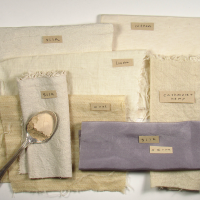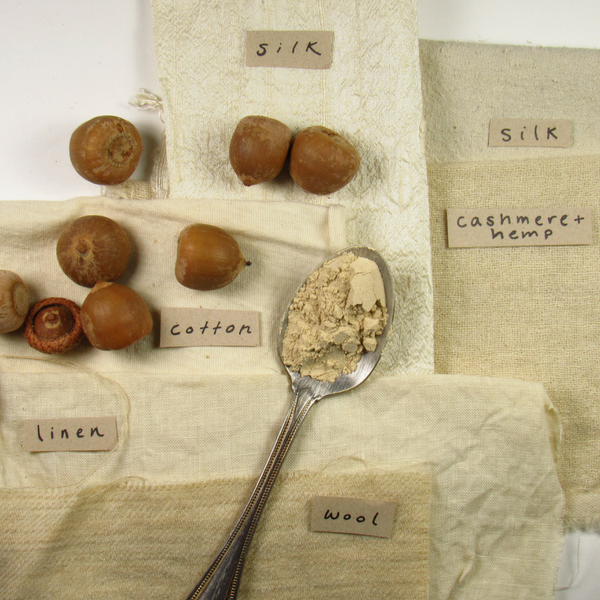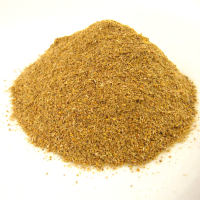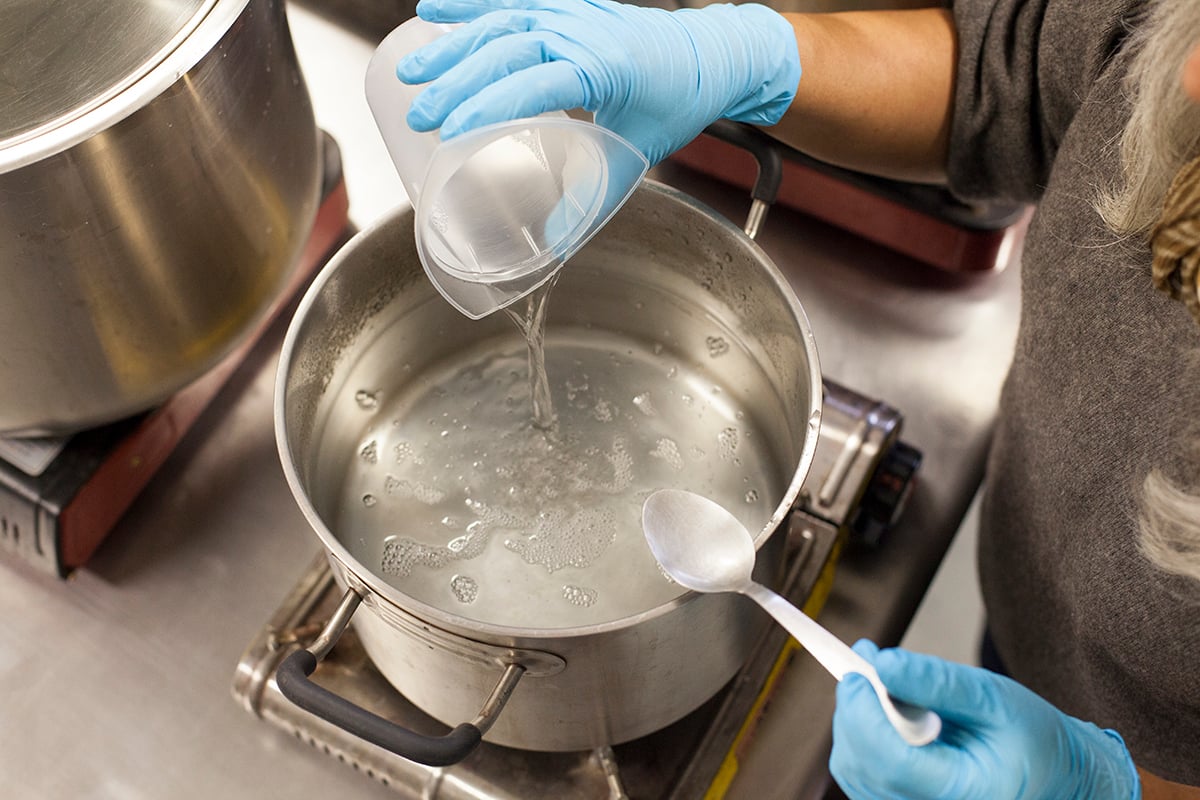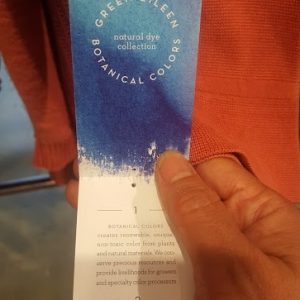This week: Making your own color recipes, the difference between tannin and mordant and how we get “good” color
You Asked, Kathy Answered: Do I Mordant With Saxon Blue?
We get lots of emails from customers about challenges with dyeing and needing Botanical Colors’ President Kathy Hattori’s help. Why not share the learning so we can all benefit? From our inboxes to you, it’s simple: You Asked, Kathy Answered. Email [email protected] with your plea for help! YOU ASKED: I am writing you an email because I have a question about the Saxon blue liquid. I am about to use it to dye wool fiber, and I am asking if I need to mordant my wool fiber. If I don’t need to that would be nice but if I have … Read more




